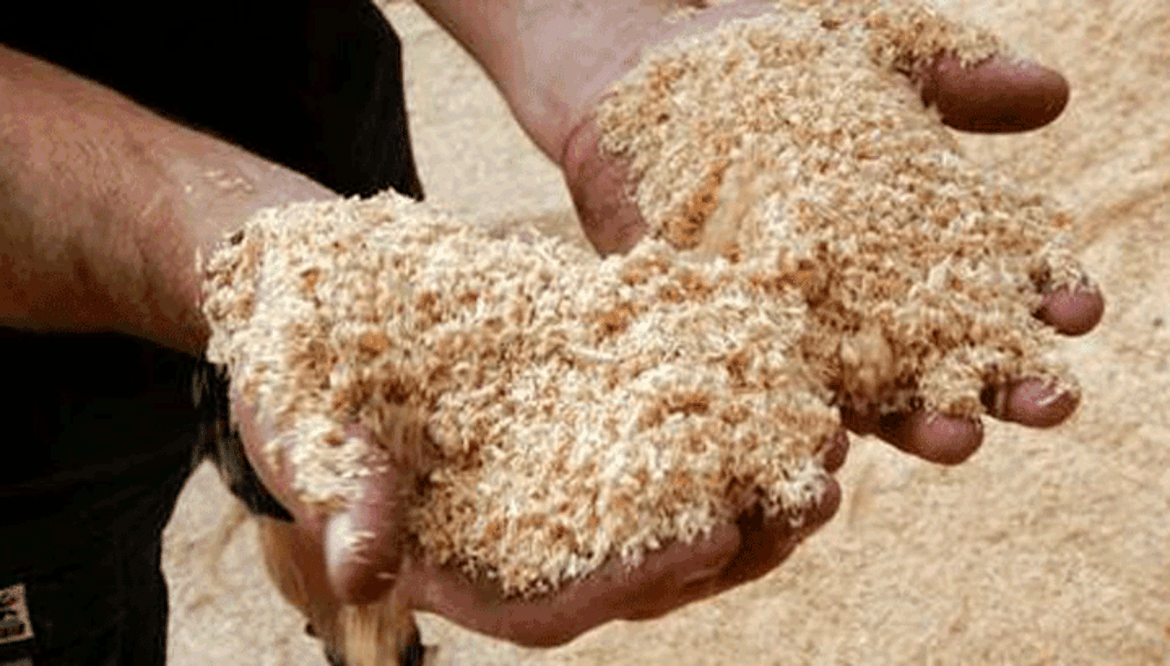
Founded in 1963, Clayton Fixture Company is a commercial fixture company that manufactures table top, cabinets and other related accessories commonly found in restaurants. Clayton Fixture Company had a dust control problem that needed to be solved. Nederman provided a dust collection solution to address their specific manufacturing process needs. The installed high and low vacuum systems have substantially improved cleanliness of Clayton Fixture.
We had the pleasure of working with Clayton Fixture company and are proud to share their experience working with Nederman. President Mark Sewell notices the impact of Nederman greatly throughout their facilities stating, “The Nederman system low vac and high vac has greatly increased the efficiency of the company.” The low vacuum system was fully integrated into the CNC equipment and shop machinery for a clean and seamless operation.
The high vacuum system is used for on-tool extraction during the sanding and routing process of the solid surface top fixtures. Installation included a complete configured NFKZ3000 5+1 dust collector sized for 30,000 CFM that included CARZ Valve, Abort Gate, Spark Detection System and Quick Fit Ductwork for the safe handling of combustible wood dust. Clayton Fixture Co. has improved shop efficiency and cleanliness with the Nederman system.
Nederman’s dust collectors address the issue of combustible dust. Processing of combustible raw material creates combustible dust. The dust has 1000 times or more larger surface, which results in a very quick combustion if ignited. This results in pressure increase and explosions in enclosed spaces.
Fine particles suspended in / mixed with air can be ignited when the concentration is above a threshold value. The value for many dust types is so high that normal view is obstructed, so this is normally not the main risk at workplaces. The main risk at workplaces is typically dust layers that become suspended in air by a sudden movement or cleaning with pressurized air.
Dusty processes are traditionally polishing, blasting, grinding, crushing, milling, transportation of granulates etc. Dust is also created in many processes using high-speed tools to achieve very smooth surfaces such as sawing, grinding and cutting. Also 3D-printing with powders generate dust that can be combustible.
Organic dust materials are explosive, such as wood, flour, sugar, grain and soybeans. Also, particles from pharmaceuticals and pesticides as well as rubber, textiles and plastics can be explosive. This even accounts for materials such as aluminum and iron that are not combustible in larger pieces but can be when in dust form. The US Occupational Safety and Health Administration (OSHA) has created a comprehensive list of materials that are combustible.
Efficient material handling is necessary for a smooth production flow and can make a positive contribution to your profitability. Wood waste can be recycled into new material, e.g. MDF-board or energy if used as bio-fuel. Wood dust extraction is essential for improved air quality in work environments and to enhance product quality and production efficiency. Well designed and efficient dust and waste management is becoming more and more important in the woodworking industry.
You can read more about woodworking solutions here.
We have extensive experience of various challenges in the different industries and our experts are very skilled, helpful and professional. With us, you can feel secure that we take care of you and your needs. You are always welcome to contact us regardless if you have a short question or a more complex and complicated one. A warm welcome to Nederman.
Contact us here